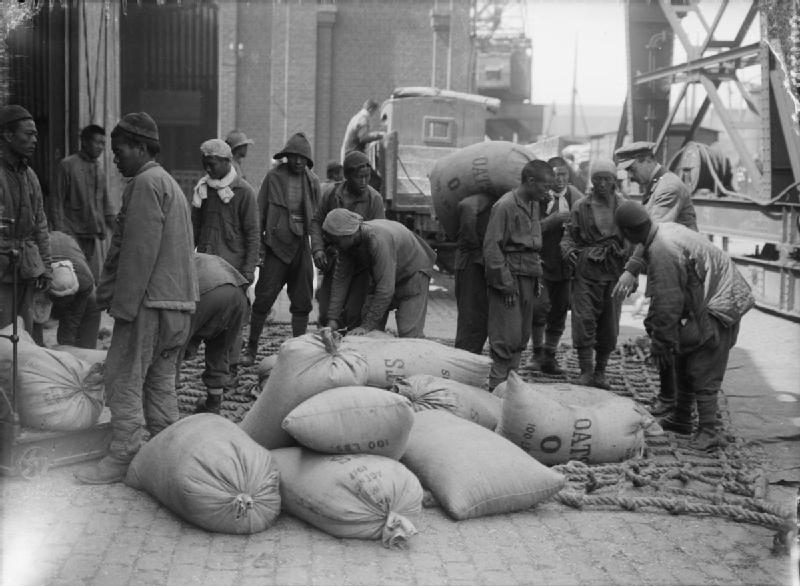13th October 1914, Tokyo.
The signal was received at the Headquarters of the Imperial Japanese Navy, it had travelled a circuitous route from aboard IJN Kurama to be received at the Naval Headquarters, as a result the first signal was relatively short “Met German squadron off Easter Island, enemy destroyed” but what it lacked in length it made up for in importance.
The current Prime Minister Okuma Shigenobu was pleased that his policy of profiting from the war at a low entry price was working so well. He had recently seen economic projections for the next year, they had been revised upwards because of the rapid growth in arms exports. They were also being bolstered by the impact of the strikes in the United States which was hitting American export volumes. The British had given Japan, carte b lanche to attack and take German positions in the northern hemisphere. This would allow the empire to expand its footprint in the Pacific as well as strengthening its position in the contest for the control of the Chinese economy.
The British, French and Russian Ambassadors had received word of the victory and they had also expressed their delight, the Foreign Minister had spoken to the Chilean Ambassador and the Japanese Ambassador to the Chilean Government would pay a call on the President Ramon Barros Luco the following day to discuss the event and to smooth out any ruffled feathers. The British ambassador would also attend the meeting to give additional diplomatic support.
The news spread rapidly rippling out via official and soon unofficial channels, the British Ambassadors cables went to London and then from there went to various points in the Empire. The destruction of the enemy squadron was met with glee in Sydney, it had posed a threat to the troop convoys that were soon to start carrying the pride of Australian and New Zealand manhood off to war.
The Russian Naval Attaché received the news with mixed feelings, his navy had been destroyed by the Japanese and the destruction of a German squadron was a painful reminder of that event, but by the same token the destruction of the Germans made the seas safer for Entente trade.
The news was greeted with considerable unhappiness by the United States Government, whilst they were broadly in favour of an Entente victory, they were dissatisfied by the Japanese entry into the war. Japan was viewed as a strategic threat to United States possessions in the Philippines and their expansion into China was also viewed unfavourably. The US navy was shocked that a Japanese squadron could operate so effectively so far from home, not only covering the great distance from their home port to Easter Island but also to destroy a powerful enemy squadron without major loss themselves.
For the Germans, it was just further bad news in a war that had been going from bad to worse, the German Navy had again suffered a major defeat, and unlike Thornton bank this was no loss to the world’s most powerful navy in which major enemy units were destroyed.
The former prime Minister of Japan Admiral Count Yamamoto Gonnohyoe, recently restored to his rank, was even more delighted by the victory, this successful destruction of a powerful enemy squadron so far from home would justify the funds lavished on the Navy. He had already arranged an audience with the emperor for the following morning along with various senior admirals, he didn’t expect much to come of it, but Prince Hirohito would also attend and reinforcing the next emperor’s positive opinion of the Navy could only be to the good.
The people most disheartened by the victory were however also located in Tokyo, they were the officers responsible for the budget for the Imperial Japanese Army. The Diet would soon be voting on the next army budget and with this victory the navy and its supporters could only be buoyed. They would push for an even larger slice of the budget taking advantage of popular sentiment that would see them as winners who proved that the Japanese Empire was the equal of any nation. Their planning would go on into the night, as they sought to rebalance the equation.

